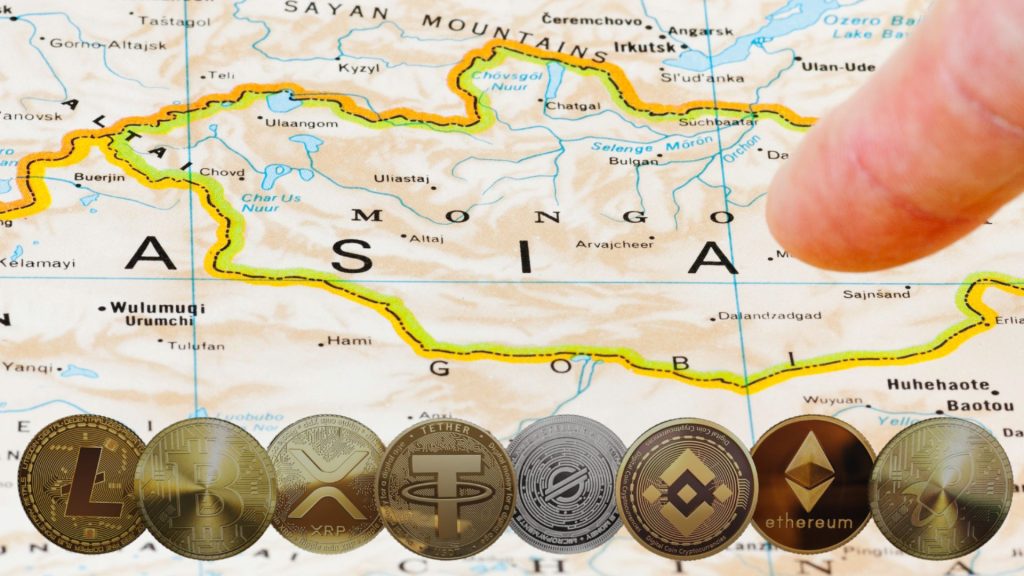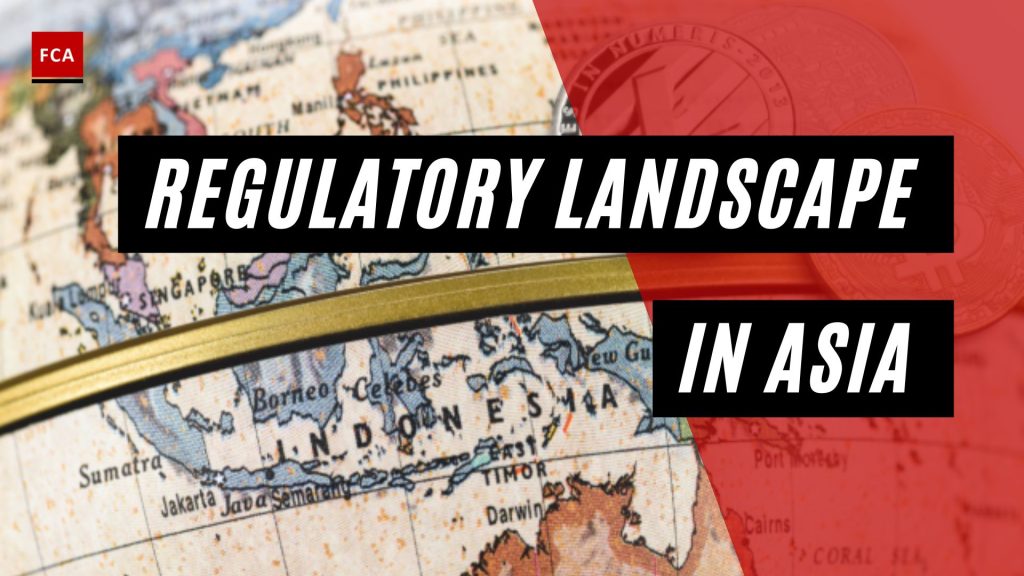Regulatory landscape in Asia is a dynamic interplay of cultural values, economic ambitions, and technological advancements, resulting in a diverse spectrum of policies and practices for blockchain and cryptocurrency.
From China’s proactive embrace of blockchain technology—while simultaneously imposing restrictions on cryptocurrencies—to Japan’s recognition of Bitcoin as a legitimate form of payment, the region presents a spectrum of responses. South Korea’s journey from contemplating a cryptocurrency ban to implementing protective regulations reveals the region’s adaptability and responsiveness to public sentiment.
Meanwhile, Singapore stands out with its ‘Sandbox’ approach, balancing innovation with risk management, a testament to the nation’s reputation as a fintech-friendly hub. These diverse strategies, shaped by each country’s economic, cultural, and political nuances, underscore Asia’s pivotal role in shaping the future of digital assets and technologies.

Diving in the Regulatory Landscape in Asia
Firstly, you’ll delve into China’s stance. As one of the powerhouses of the global economy and a heavyweight in the tech world, China’s actions in any field are pivotal. What’s interesting is that while the government has been largely supportive of blockchain technology, it doesn’t extend the same welcoming hand to cryptocurrencies.
The Chinese government is pretty stringent in its regulation of cryptocurrencies, viewing them as a potential risk to financial stability. From banning cryptocurrency exchanges and Initial Coin Offerings (ICOs) to placing restrictions on crypto mining, China’s approach towards cryptocurrencies has been one of caution and control.
However, while it might seem to you that China is against cryptocurrencies, it is bullish about the technology underpinning them: blockchain. The country is leading the world in terms of the number of blockchain projects and patents. It’s also in the process of developing and testing a Central Bank Digital Currency (CBDC) – the Digital Currency Electronic Payment (DCEP).
Next, you’ll explore Japan – a nation that has integrated technology into every aspect of life, and cryptocurrency is no exception. Japan stands out because it recognized Bitcoin as a legal form of payment back in 2017. While this doesn’t mean that Bitcoin is treated as legal tender, it does allow for transactions and brings it under the purview of regulations designed to thwart money laundering and other illicit activities.
For a cryptocurrency exchange to operate in Japan, it must register with the Financial Services Agency (FSA) and comply with a series of stringent regulations. While these measures might appear heavy-handed, they are intended to provide a more secure environment for you and other cryptocurrency users and investors.
Then, you’ll shift your focus to South Korea, another Asian nation where cryptocurrencies are thriving. Here, cryptocurrencies have gained considerable popularity, but this was accompanied by regulatory turbulence. The South Korean government initially contemplated a ban on cryptocurrencies, leading to a public outcry. However, the scenario has changed significantly since then. Rather than imposing a ban, the government has introduced regulations to safeguard users and prevent illegal activities.

Cryptocurrency exchanges in South Korea are regulated under the Act on Reporting and Using Specified Financial Transaction Information. Exchanges are required to report their operations to the Korea Financial Intelligence Unit (KoFIU), implement customer due diligence procedures, and obtain a certificate of Information Security Management System (ISMS).
Lastly, you’ll venture into Singapore, known for its friendly stance towards fintech and innovation. Singapore’s ‘Sandbox’ approach to cryptocurrency regulation allows businesses to test innovative financial products or services in a controlled environment. This approach provides a balance between facilitating innovation and managing risks.
The Monetary Authority of Singapore (MAS) has established guidelines under the Payment Services Act (PSA), which includes dealing with digital payment tokens services. This approach provides clarity and security for businesses, ultimately promoting a healthy market environment.
By the end of this lesson, you’ve gained a comprehensive understanding of the differing regulatory approaches to blockchain and cryptocurrency across Asia. From China’s sharp separation of blockchain from cryptocurrency, to Japan and South Korea’s acceptance of digital currencies, to Singapore’s creative ‘Sandbox’ method, Asia provides a fascinating study in contrasts that reflect the diversity and complexity of the cryptocurrency world.
These lessons should demonstrate that while blockchain technology and cryptocurrencies may be global in scope, their regulation is heavily influenced by local economic, political, and cultural factors. Understanding these regulatory landscapes is not only essential for engaging in the cryptocurrency market but also offers valuable insights into the evolving dynamics between technology, economy, and law in the digital age.

Final Thoughts
Asia’s approach to the emerging worlds of blockchain and cryptocurrency is a rich tapestry of innovation, caution, and adaptability. China, while harboring reservations about cryptocurrencies, is pioneering in the blockchain arena, highlighting the nuanced distinction between the technology and its most famous application. Meanwhile, Japan’s forward-thinking acknowledgment of Bitcoin as a payment form and its regulatory framework emphasize its commitment to technological integration while ensuring user security. South Korea’s initial trepidation, followed by its regulatory pivot, underscores the powerful role of public sentiment in shaping policy decisions. Singapore’s ‘Sandbox’ method stands out as a unique strategy to nurture innovation while curtailing potential risks.
Together, these countries provide a panoramic view of how regional values and priorities shape the embrace and regulation of groundbreaking technologies. This mosaic of regulatory approaches underscores the crucial role of regional context in the global evolution of digital currency and blockchain technology, reminding us that while technology may know no borders, its implementation and integration are deeply rooted in local dynamics.








